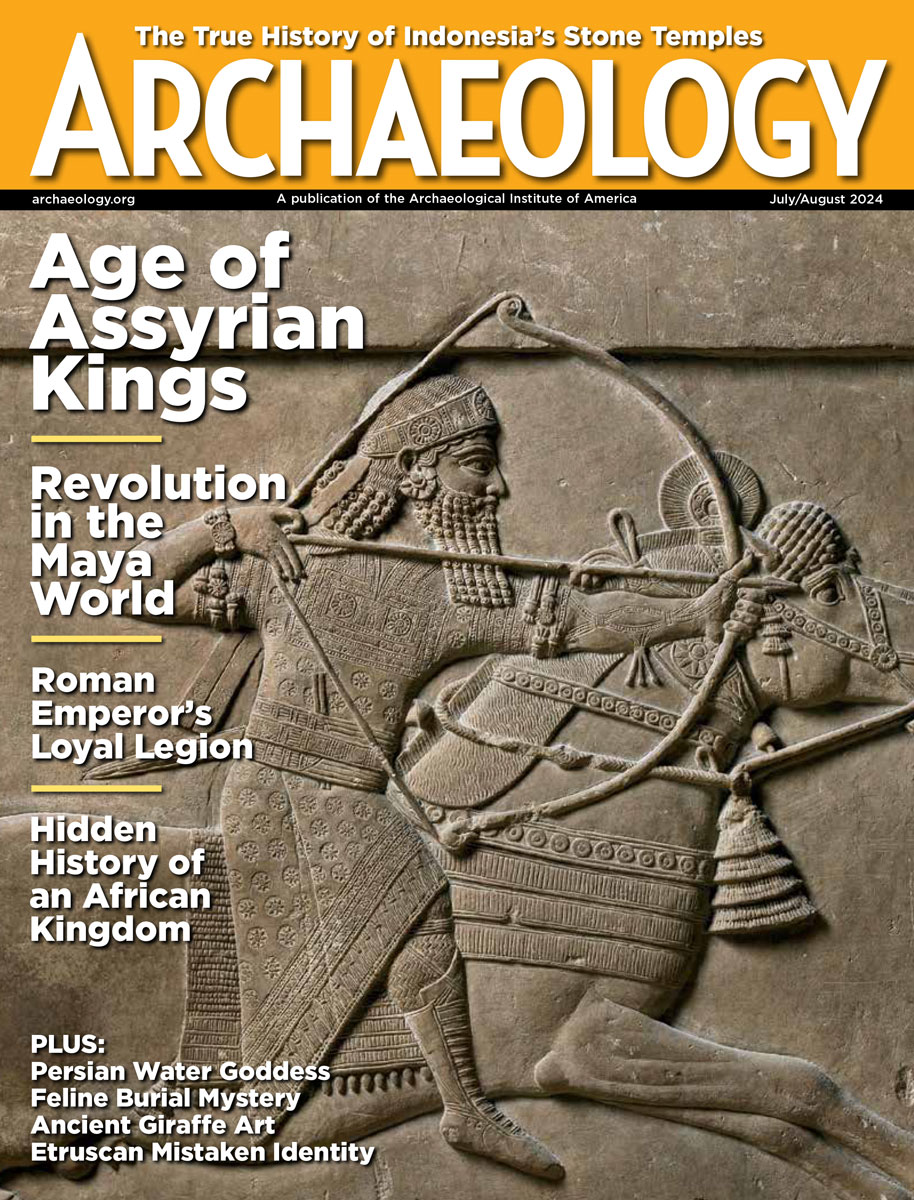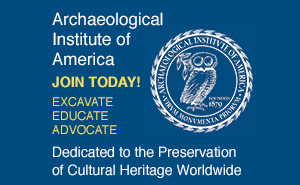Tuesday, February 10
February 10, 2009
A document, written in 1924 by the secretary of the German Oriental Company, is said to give an account of the 1913 meeting between a senior Egyptian official and German archaeologist Ludwig Borchardt, who found the famed bust of Nefertiti in 1912. The secretary claimed that Borchardt downplayed the quality of the statue because he “wanted to save the bust for us.”
The Archaeological Institute of America, parent of ARCHAEOLOGY Magazine, has awarded a $94,000 grant to the Easter Island Statue Project. Scientists working on the project are trying to protect the island’s fragile moai from damage caused by climate change and tourism. Â
The Forum on Cultural Heritage Conservation will meet this week in Caracas, Venezuela, to discuss the challenges and benefits created by microorganisms in the preservation of artifact collections. Â
A complete 3D model of Rome’s Catacombs of Domitilla has been made with a new laser mapping tool by archaeologist Norbert Zimmermann of the Vienna Academy of Sciences. “We have known about the catacombs for around 400 years but in all that time, no precise map has ever been made,” he said.  Â
Turkey’s ancient city of Attaleia is one hundred years older than previously thought. Graves uncovered by construction work in Antalya date to the third century B.C. Â
Bulgaria’s Thracian sanctuaries of Perperikon and Tatul are crumbling from erosion and neglect. “Tatul is completely crumbled. When we say that we’ve been struggling for four years, this means that we have warned the Ministry of Culture a million times,” said archaeologist Stefanka Ivanova. Â
Study of the remains of an Iron Age chieftain discovered last year in Denmark indicate that he probably died in battle, according to anthropologist Pia Bennike of the University of Copenhagen. His wounds show that he had been on horseback at the time. Â
China is continuing its efforts to stop the auction of two bronze sculptures taken from Beijing’s Imperial Summer Palace in 1860. The bronzes have been put up for sale at Christie’s in Paris, and had been in the collection belonging to the late Yves Saint Laurent.  Â
Visit Mexico’s El Tajin with travel reporter Anne Gordon. Â
Here’s a repatriation story of a different sort.
- Comments Off on Tuesday, February 10









